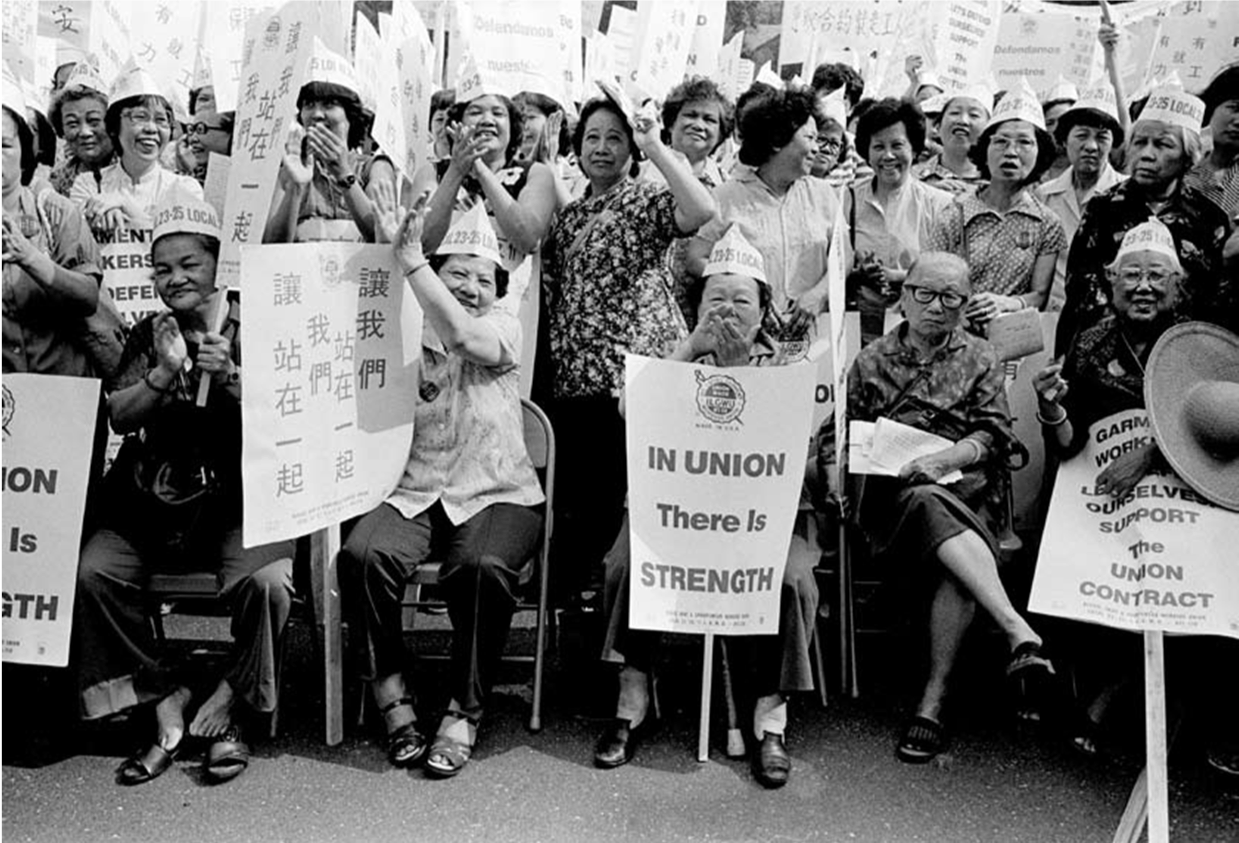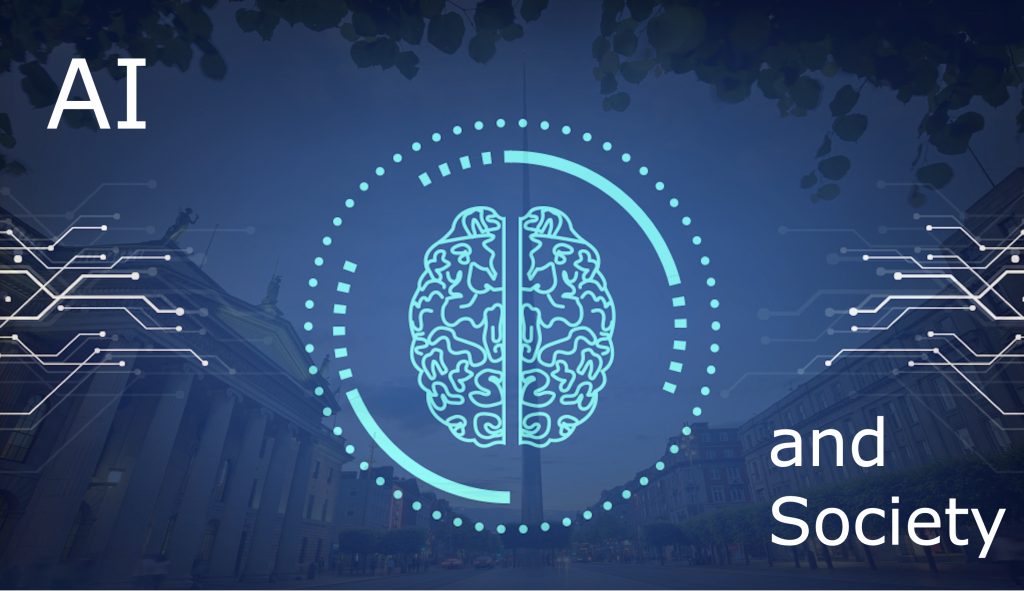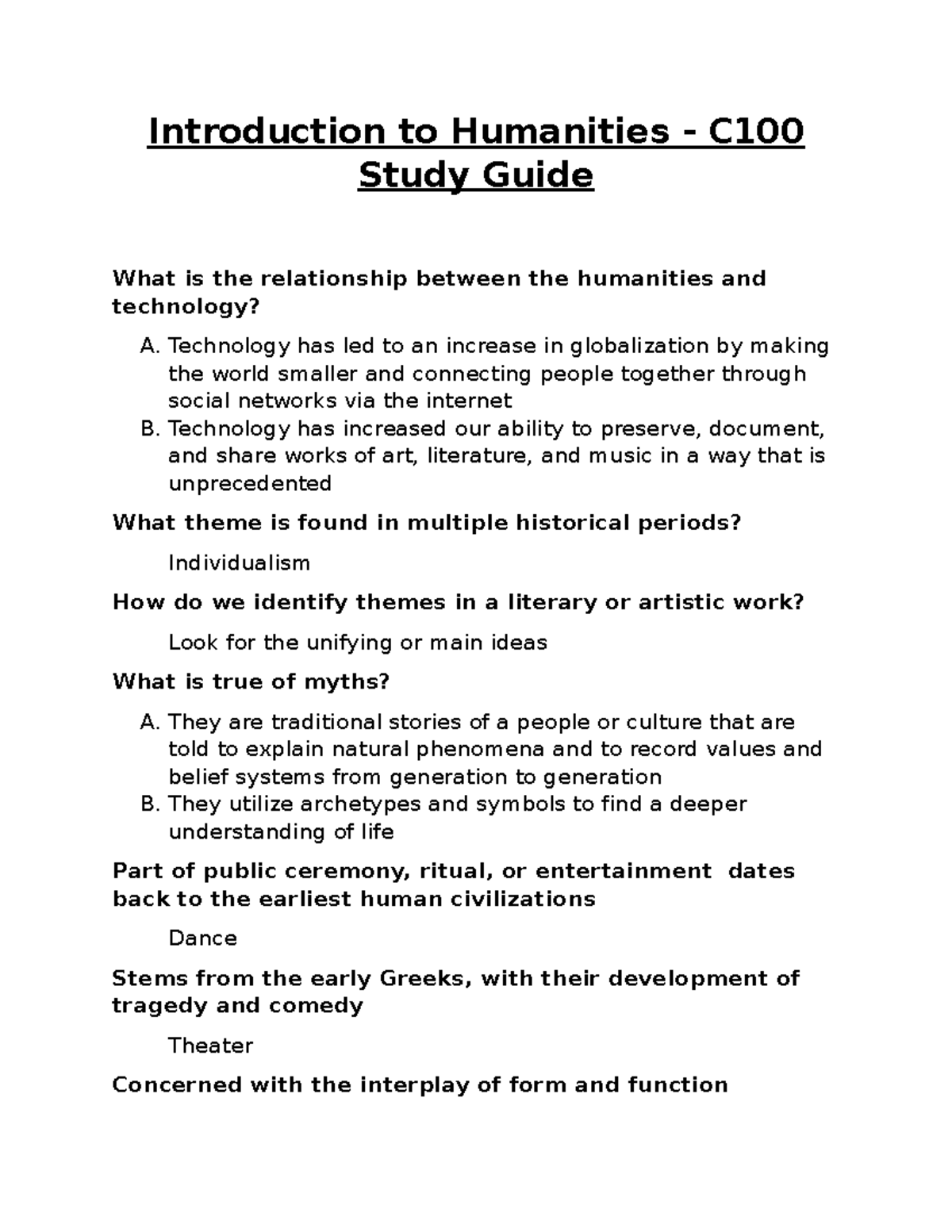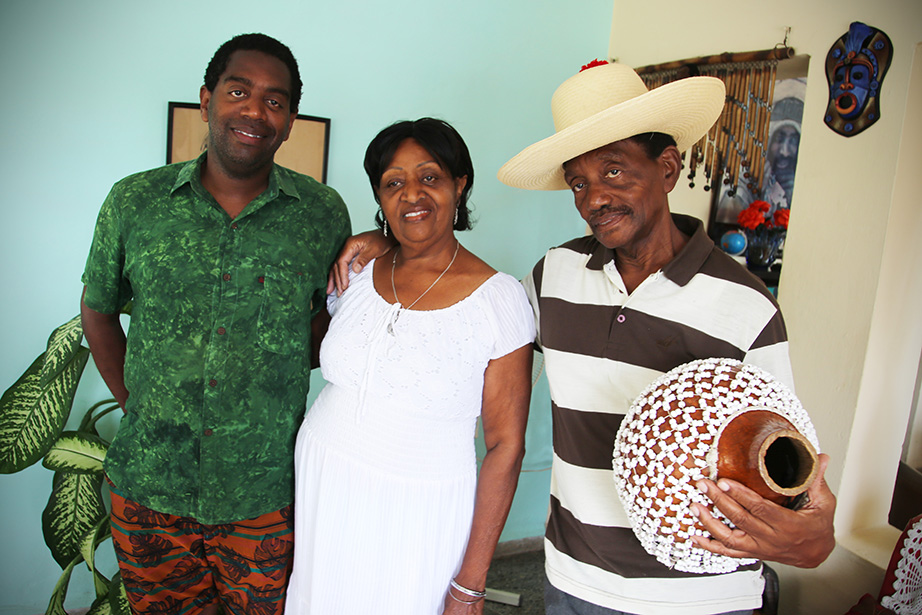Asian American women’s history is a vital yet underrecognized aspect of America’s past, often relegated to the shadows of mainstream narratives. As illuminated by the recent Schlesinger Library exhibit, the stories of these women—who have played significant roles in shaping cultural heritage—are frequently described as part of an “invisible history.” The exhibition not only showcases individual narratives but also challenges viewers to reconsider women’s roles in history, particularly those of Ainu and Visayan women who were exploited as live exhibits at the 1904 World’s Fair. Spanning 150 years of archival material, the display seeks to rediscover the contributions and struggles of Asian American women, emphasizing their resilience and impact on society. As we engage with this exhibit, we are invited to confront the gaps in our historical understanding and to honor the complex heritage of Asian American women whose voices have often been marginalized.
The exploration of the contributions by women of Asian descent in the United States reveals a rich tapestry of experiences often overlooked in traditional historical narratives. This topic, long overshadowed by more dominant voices in history, encapsulates the stories of women who have fought against social erasure and contributed significantly to their communities. By examining various artifacts and narratives, such as those highlighted in the Schlesinger Library exhibit, we can appreciate the diverse roles that Asian American women have played in society, from cultural advocates to legal pioneers. These stories not only enrich our understanding of American history but also emphasize the importance of cultural heritage in shaping the identities of these women. As we delve deeper into their histories, we gather insights into the broader socio-political landscape they navigated, which challenges the invisibility they historically faced.
Discovering Asian American Women’s History
Asian American women’s history, often overlooked in mainstream narratives, reveals a wealth of stories that contribute significantly to our understanding of American identity. The Schlesinger Library exhibit, “Illuminate: Contextualizing Asian American Women’s Stories Through the Archives,” showcases artifacts and narratives that highlight the unique experiences and challenges faced by these women throughout history. From the stories of Ainu and Visayan women at the 1904 World’s Fair to contemporary representations in art and literature, this exhibit seeks to illuminate an ‘invisible history’ that has shaped cultural heritage across generations.
Through thoughtful curation, the exhibit invites viewers to reconsider the historical roles of Asian American women and recognize their contributions to society. The collaboration between students and archivists at Harvard serves as a testament to the ongoing efforts to document and celebrate these stories, ensuring that the narratives of women like Ah Fong and other legal pioneers do not fade into obscurity. By engaging with these materials, we can foster a deeper understanding of women’s roles in history and the importance of inclusiveness in our collective memory.
Reevaluating Women’s Roles in History
The reevaluation of women’s roles in history is pivotal in creating a more inclusive narrative that accurately reflects the diversity of experiences in American society. The Schlesinger exhibit’s examination of past events through the lens of Asian American women sheds light on their often marginalized experiences. As curator Victor Betts points out, the history of Asian American women is frequently pushed to the margins, but exhibitions like this strive to bring their stories to the forefront, challenging assumptions about their invisibility in the historical record.
By showcasing materials that span 150 years, the exhibit makes it clear that Asian American women’s contributions to cultural heritage and society are significant and deserving of recognition. As the audience engages with the historical context provided, they are prompted to think critically about who gets remembered and who has been forgotten in the narrative of American history. This reevaluation not only honors the past but also inspires future generations to continue the work of amplifying underrepresented voices.
Understanding the complexities of these women’s experiences serves as a reminder that history is not merely a collection of events but a tapestry woven from the diverse threads of all people’s stories. The acknowledgment of Asian American women’s contributions helps to challenge traditional narratives and fosters a broader understanding of their impact across various cultural and historical contexts.
The Unveiling of Invisible History
The phrase ‘invisible history’ aptly describes the dynamics of Asian American women’s experiences, which often go unnoticed in historical documentation. The Schlesinger Library’s exhibit endeavors to break this silence, showcasing the rich history and cultural heritage of Asian American women who have been systemically overlooked. By revisiting the past, particularly through the lens of early photojournalists like Jessie Tarbox Beals, the exhibit reveals the complexities of representation and the narratives that have shaped perceptions of Asian American women throughout history.
Artifacts such as photographs from the 1904 World’s Fair provide a compelling entry point into the discussions surrounding cultural identity and representation. As the exhibit invites viewers to reflect on the implications of these portrayals, it also highlights the importance of preserving and sharing these stories. The lingering question of why these histories have remained invisible invites deeper conversations about our collective responsibility to correct these omissions, ensuring that future generations can learn from a more comprehensive and inclusive understanding of American history.
Cultural Heritage and Storytelling
Storytelling is a vital means by which cultural heritage is transmitted across generations, and the narratives of Asian American women offer rich insights into the cultural fabric of the United States. The Schlesinger Library exhibit emphasizes the need to uncover and celebrate these diverse histories as integral components of American culture. By showcasing various formats—such as political posters, comic books, and zines—the exhibit encourages an appreciation for the different ways that Asian American women have expressed their experiences and struggles.
Incorporating visual and textual narratives allows for a multi-faceted exploration of identity and representation among Asian American women. The artworks commissioned by local artists, such as Shaina Lu, work hand-in-hand with historical documents to create an immersive experience that captures the essence of these women’s stories. Through these mediums, the exhibit challenges attendees to engage with the complexities of cultural heritage, recognizing that each story holds the potential to foster empathy and understanding within our increasingly multicultural society.
Collaboration in Research and Learning
The collaborative efforts seen in the Schlesinger exhibit, particularly through the ‘Asian American Women’s History’ course, highlight the importance of interdisciplinary approaches in research and education. This model of co-teaching emphasizes the role of students and archivists in uncovering stories that persist despite historical erasure. By involving students in the archival process, the exhibit not only enriches the educational experience but also empowers future historians to advocate for underrepresented voices within academic and cultural spaces.
Through hands-on research, students like Christian D. Topinio and Sophia Wang explore themes of representation, agency, and legal activism, gaining valuable insights into the lives of Asian American women who have fought for their rights throughout history. These collaborative learning experiences foster a sense of responsibility in preserving and promoting the narratives that have been omitted from traditional historical accounts. By establishing frameworks for inclusive scholarship, the next generation of scholars can ensure a more equitable representation of all members of society.
Impact of Asian American Women in Activism
Asian American women have traditionally played crucial roles in various social justice movements, yet their contributions are often overlooked in mainstream historical narratives. The Schlesinger exhibit intricately weaves together the activism of women in Asian American history, illustrating their integral participation in fighting for civil rights and social justice. The inclusion of political posters and archival materials serves to highlight the ongoing struggles against discrimination and violence, particularly in the context of recent events.
As the exhibit emphasizes the leadership roles Asian American women have taken in grassroots organizing, it challenges the stereotype of passive participation among marginalized groups. The historical examples of women leading initiatives within Boston’s Chinatown, for instance, demonstrate how these women have not only navigated their cultural heritage but have also advocated for change. Through their stories, the exhibit aims to inspire current and future activists to recognize the legacy of Asian American women and the critical importance of their voices in ongoing dialogues around justice and equality.
Asian American Women’s Influence on Culinary Arts
The contributions of Asian American women extend into domains such as the culinary arts, where figures like Grace Zia Chu and Madhur Jaffrey have redefined cultural expressions through cuisine. The Schlesinger Library’s archival collections highlight the narratives of these culinary trailblazers, showcasing how food can serve as a vehicle for broader cultural storytelling and identity assertion. The exhibit underscores the significance of their histories in elevating the visibility of Asian American women within the culinary world.
Through their cookbooks and artistry, these women not only share recipes but also narrate their personal experiences and the cultural influences that shape their culinary practices. By reclaiming space in the culinary narrative, Asian American women assert their cultural heritage and contribute vital perspectives to the American dining landscape. The inclusion of their stories in the exhibit serves as a reminder that food, culture, and identity are intricately intertwined and that understanding the stories behind dishes enhances the appreciation of culinary arts in a multicultural society.
Preserving Marginalized Histories
One of the key messages of the Schlesinger exhibit is the ongoing effort to preserve marginalized histories, particularly those of Asian American women whose stories have largely been overshadowed. This preservation is crucial not only for honoring the past but also for ensuring that future generations can engage with a more nuanced understanding of American history. The exhibit seeks to address the gaps in historical narratives by actively curating materials that represent these women’s lives, challenges, and contributions.
By bringing together artifacts, personal stories, and academic research, the exhibit serves as a powerful reminder of the need for comprehensive archival practices that celebrate diversity. This approach advocates for more inclusive histories that reflect the essential roles played by all facets of society in shaping modern America. The preservation efforts highlighted in the exhibit inspire a commitment to continually uncover and acknowledge the histories that have been rendered invisible, fostering an equitable approach to understanding and interpreting the past.
Engaging with Contemporary Issues
The relevance of Asian American women’s histories extends into contemporary issues surrounding identity, representation, and social justice. The ongoing discussions about anti-Asian violence and discrimination in the context of the COVID-19 pandemic highlight the need to understand these historical narratives in light of current events. The Schlesinger exhibit not only addresses historical injustices but also encourages meaningful engagement with contemporary issues affecting the Asian American community.
By placing the stories of historical figures alongside current struggles, the exhibit draws connections that illuminate the persistent challenges faced by Asian American women. Through such engagements, audiences are prompted to reflect on the implications of history in shaping present circumstances, inspiring action and advocacy in pursuit of equity and justice. This approach reinforces the idea that the struggles and narratives of the past are intrinsically linked to ongoing movements for social change, emphasizing the importance of listening to and amplifying Asian American women’s voices today.
Frequently Asked Questions
What is the significance of the Schlesinger Library exhibit on Asian American women’s history?
The Schlesinger Library exhibit ‘Illuminate: Contextualizing Asian American Women’s Stories Through the Archives’ highlights the often overlooked contributions of Asian American women throughout history. It features artifacts and narratives that showcase their roles in shaping American culture and society, addressing the theme of ‘invisible history’ and the erasure of these women’s stories from mainstream historical accounts.
How does the Schlesinger Library exhibit address the erasure of Asian American women’s history?
The exhibition engages with the topic of erasure by presenting personal stories and archival materials that reveal the lives of Asian American women, such as the undocumented experiences of those showcased at the 1904 World’s Fair. It encourages viewers to confront and question their assumptions about women’s roles in history, fostering a broader understanding of Asian American women’s cultural heritage.
What types of artifacts are featured in the Schlesinger Library exhibit on Asian American women’s history?
The exhibit features a variety of artifacts including photographs, political posters, comic books, and personal zines. These items span over 150 years and highlight the diverse experiences of Asian American women, from historical events like the Chinese Exclusion Act to contemporary narratives that illustrate their activism and leadership.
How does the co-teaching model enhance the understanding of Asian American women’s history at the Schlesinger Library?
The co-teaching model used in the undergraduate course ‘Asian American Women’s History in the Schlesinger Library’ allows students to collaborate closely with curators and historians, deepening their understanding of archival research. This approach emphasizes the importance of community engagement and lends authenticity to the narratives of Asian American women by integrating contemporary scholarship with historical findings.
What impact did Asian American women have on historical events as illustrated in the Schlesinger Library exhibit?
The exhibit underscores the critical role that Asian American women played in significant historical events, including their involvement in civil rights movements and efforts to challenge discriminatory laws. For instance, the case of Ah Fong and her peers highlights their pioneering legal actions that contributed to broader immigration policy changes, showcasing their fight for agency in a historical context where they were often marginalized.
What is meant by ‘invisible history’ in relation to Asian American women’s stories?
‘Invisible history’ refers to the often unrecognized or overlooked contributions of Asian American women within the broader narrative of American history. The Schlesinger Library exhibit aims to shed light on this term by bringing forward stories and experiences that have historically been hidden or misrepresented, thus enriching the overall understanding of women’s roles in history.
Why is it important to collect and preserve Asian American women’s stories?
Collecting and preserving Asian American women’s stories is crucial because it helps to create a more inclusive historical narrative that acknowledges their contributions and struggles. This preservation allows future generations to learn from their experiences and challenges the dominant narratives in history that often exclude marginalized voices.
| Key Points | Details |
|---|---|
| Exhibition Title | Illuminate: Contextualizing Asian American Women’s Stories Through the Archives |
| Historical Focus | Highlights the largely invisible history of Asian American women, featuring artifacts and stories from the past 150 years. |
| Significant Artifacts | Includes photos of Ainu and Visayan women at the 1904 World’s Fair, showcasing their experiences and erasure in history. |
| Collaborative Efforts | Students and archivists at Harvard collaborated to uncover and tell the stories of Asian American women through research and archival material. |
| Cultural Context | Plays in national themes of immigration, civil rights, and recent anti-Asian violence, putting Asian American women’s stories in a contemporary context. |
| Exhibition Duration | On display until January 23, 2026, at Schlesinger Library. |
Summary
Asian American women’s history is critical to understanding the broader narrative of American history. The recent exhibition “Illuminate: Contextualizing Asian American Women’s Stories Through the Archives” at the Schlesinger Library provides a valuable platform for exploring the undervalued contributions and stories of Asian American women across different eras. It emphasizes the importance of visibility in historical narratives and prompts us to consider how these untold stories shape our perception of America today.



